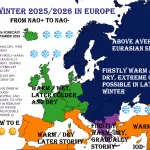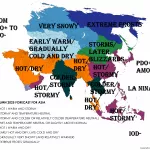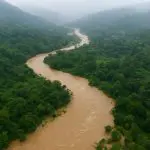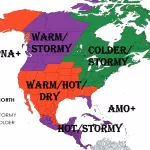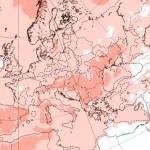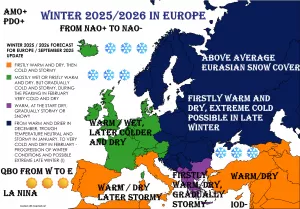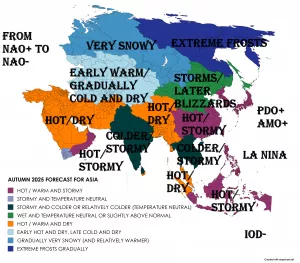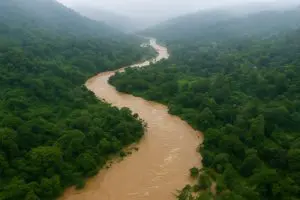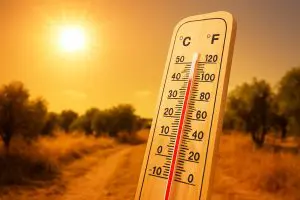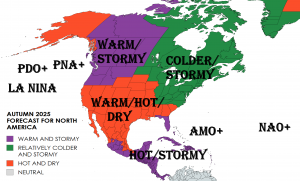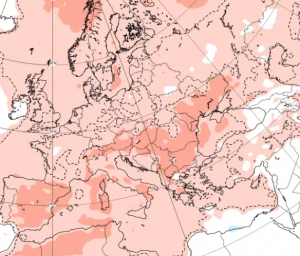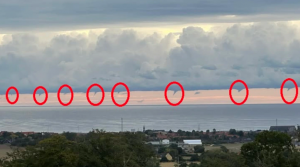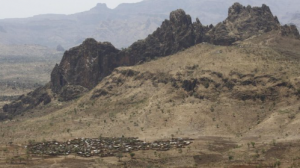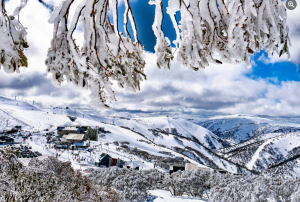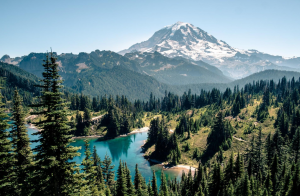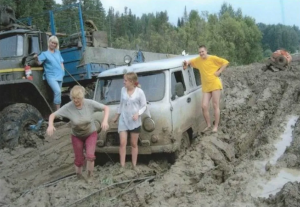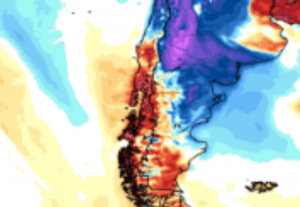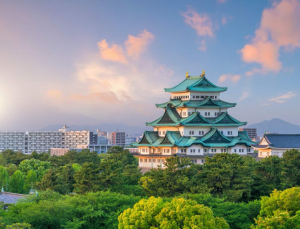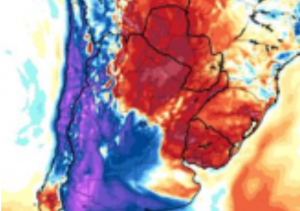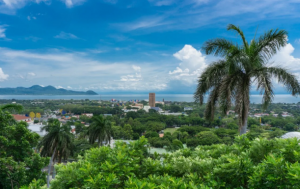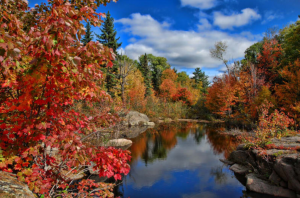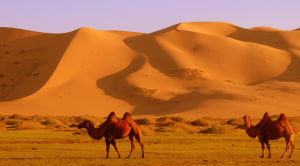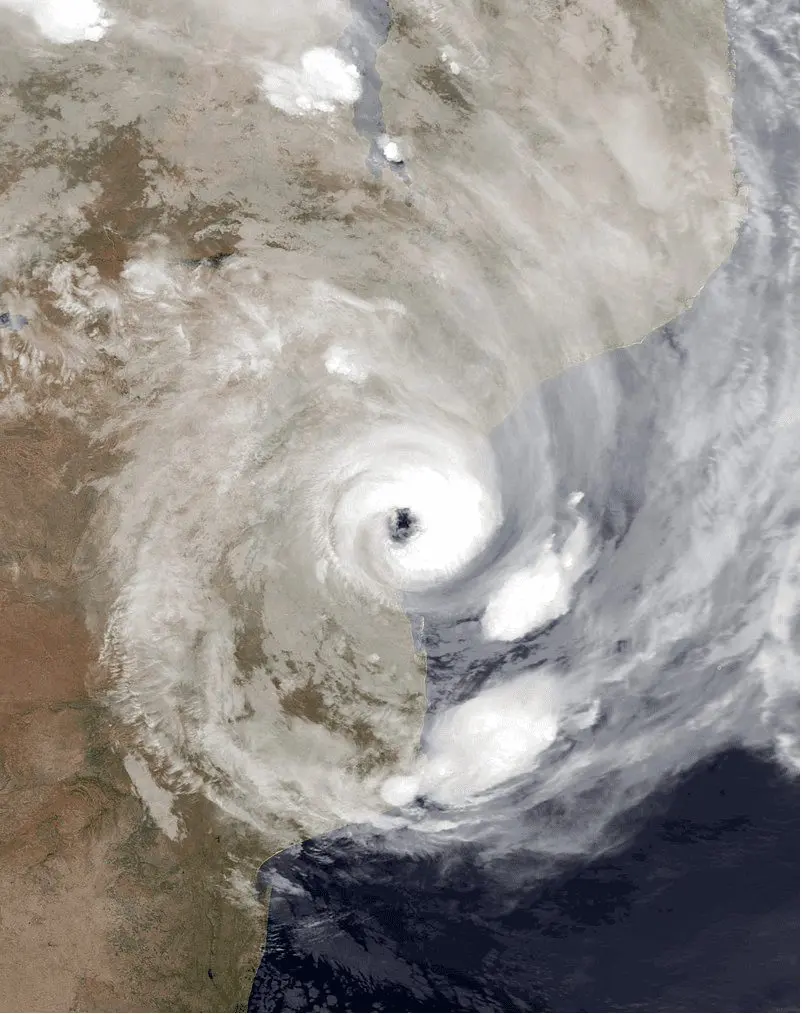
South Africa has its own “hurricanes” – cyclones, such Eloise should hit mainly northeastern parts of the country last days. Tropical activity is evident during winter and spring, when is cyclone season in southeastern Africa the strongest.
In South-West Indian Ocean cyclone season 2020/2021, Cyclone Eloise, with maximum 10-minute sustained winds up to 150 km/h and 1-minnute sustained winds 165 km/h ((Category 2 on Saffir-Simpson scale) was the strongest tropical storm of the season, with lowest pressure in the middle of the system 967 hPa.
Eloise hit gradually from the east Madagascar, Mozambique, Zimbabwe and South Africa and between 14.-25. January 2021 brought severe floods in many parts of these countries. After 25. January 2021, still remnants of the system have brought heavy rains.
Now, Mkweather is bringing next videos from flooded regions in South Africa, Zimbabwe and Mozambique, including Kruger National Park (national park with international importance), South Africa.
During South-West Indian Ocean cyclone season, 9 tropical systems until the end of January 2021 have been developed and only two reached a status of cyclone – Alicia in November 2020 and Eloise in January 2021. Alicia however didn´t reach land areas. Then, tropical storms Bongoyo, Danilo and Chalane were developed – Danilo hit Reunion and Mauritius and Chalane mainly Madagascar, Mozambique, Zimbabwe, Zambia, Botswana and Namibia.
Strong tropical activity in Southern Hemisphere is linked with La-nina and related colder conditions across hemisphere in the Summer 2020/2021 /https://mkweather.com/2021/01/24/antarctica-set-to-coldest-january-since-1978-southern-hemisphere-hasnt-been-so-cold-almost-10-years//. However, forecasts for SW Indian region for next half year expect weaker tropical activity than in previous months /https://mkweather.com/2021/01/24/tropical-activity-forecast-for-next-month-and-half-year-videos-ts-eloise-kimi-chalane-imogen-danilo//.


